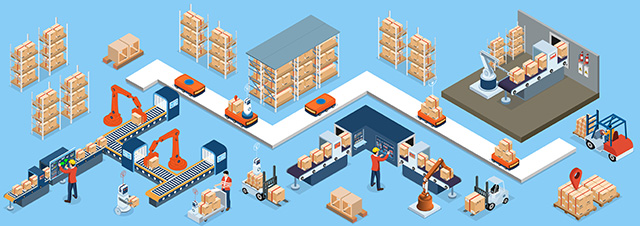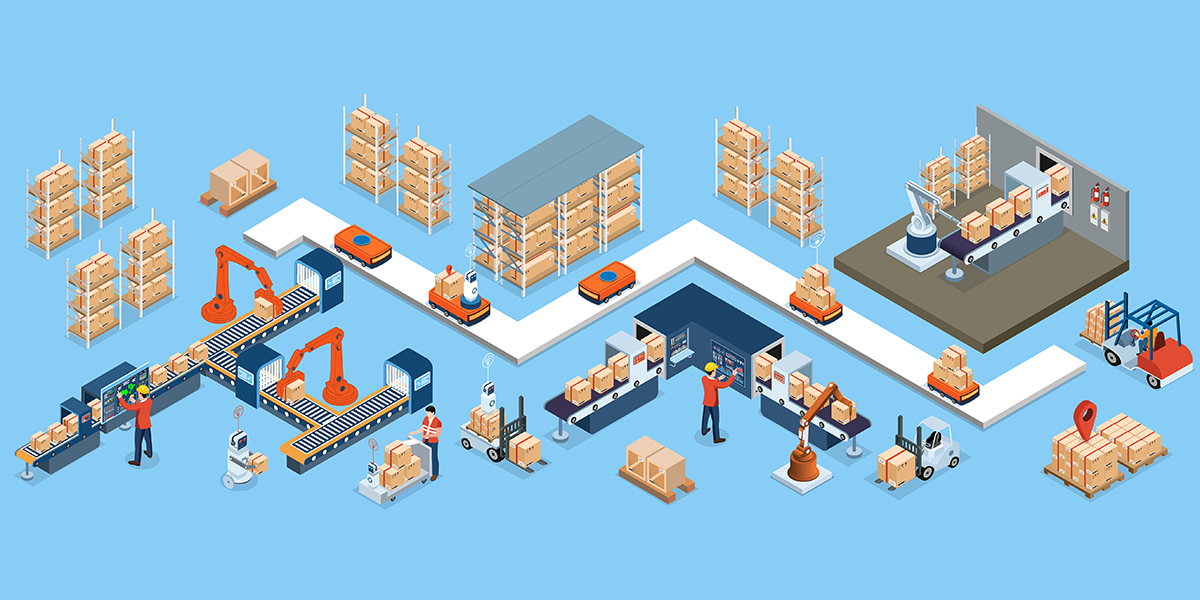Orchestration the smarter way for retailers to conduct DC operations
The second half of 2023 will likely see US consumer spending be on parity (roughly neutral) with the first half of the year, or heading down, due to competing trends in wage growth and inflation.
The challenge is the lag effect between wage growth leading to consumer optimism, and inflationary causes, because once the impact of seasonal job growth and potential wage growth wanes from summer to fall, it is likely that consumers will pull back on spending.
Consequently, what we’re seeing among our retail customers is a cautious if downward trending approach to expectations for the consumer – despite important selling seasons such as back-to-school and the holidays beginning even earlier this year.

Little wonder with constantly changing customer needs and options, evolving buying habits, continuous supply chain disruption, a more digital savvy consumer base and customer sustainability preferences increasingly having to be factored into operations.
What’s more, labor shortages are ever prevalent, plus operating costs continue to spiral, so retailers are increasingly going digital to boost e-commerce and B2B productivity, as well as rising expectations around delivery speed and convenience.
Indeed, savvy shippers are automating their intralogistics to deliver an enhanced customer experience and secure competitive advantage, while streamlining the business and making warehouse operations as profitable as possible.
DC automation and robotics address these labor and skills issues directly and can facilitate faster order fulfillment with less space, while reducing shipping costs and delivery times and optimizing inventory management.
They need to be rapidly and cost effectively integrated into a retailer tech stack, however, and this is where a multi-agent orchestration platform (especially a device and technology agnostic solution bringing a more uniform approach) is switching things up.
Earlier this year, for example, we launched SnapControl which extends the functionality of our technologically advanced cloud-based SnapFulfil WMS solution to provide seamless and efficient control of all warehouse devices and robots.
It orchestrates the prioritization of warehouse inbound, outbound and replenishment workflows, automatically allocates tasks, evaluates which robotic devices and technologies best match specific operations, and enables data capture to assess the value each device yields.
Importantly, the solution also allows for buffer creation to delay tasks, exception management, and real-time switchover if devices are damaged or unavailable. All these capabilities allow customers to avoid subsystems for AMR deployments, which otherwise increase the cost of ownership, complexity and time-to-value for deploying automation.
Most interestingly, it uniquely promotes bi-directional messaging between the WMS and remote warehouse devices, so human decision makers can have a ‘conversation’ with the technology, enabling the most crucial and efficient DC decisions to be made automatically.
So, to keep pace and stand out from the crowd, retailers who successfully navigate this intelligent automation transformation will best be able to cater to the ever-changing needs and preferences of their customers.
In today’s especially challenging times the ability to rapidly augment and orchestrate your technology investments, without unnecessary service fees, has never been more important. It’s now mission critical to harness control with 24/7 visibility from one centralized system.
In the not-too-distant future we can also expect retailers’ online stores to use augmented reality (AR/VR) to give consumers a more realistic and hands-on view of their products, while Buy Online Pickup in Store (BOPIS) methods may also incorporate better robotic technologies to help store associates to fulfill a shopping cart and bring the customer order curbside.


